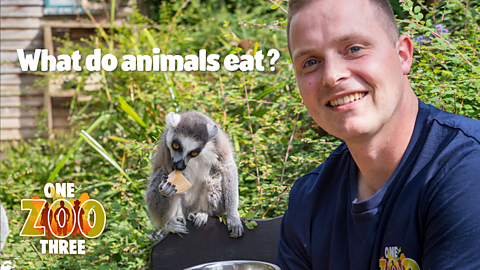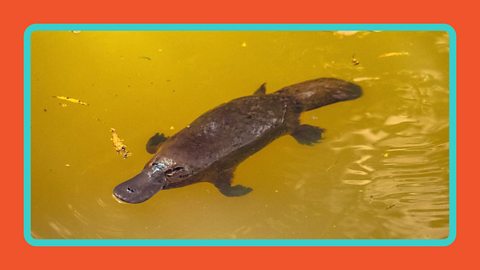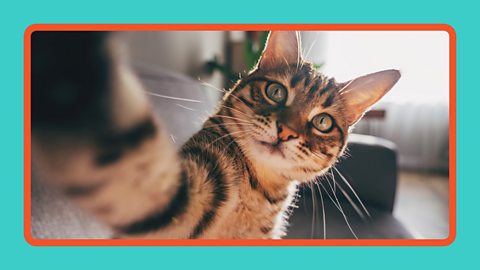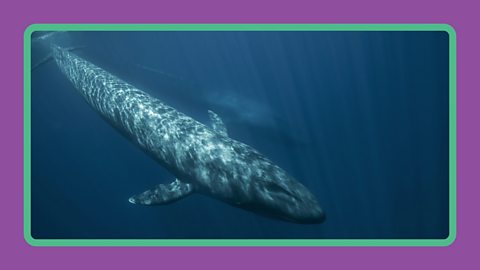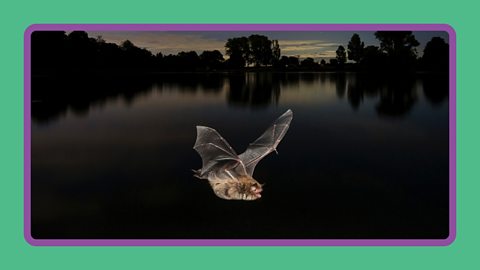
What are mammals?
Mammals live all across the world.
They can be found living in the ground, in trees, and even in the sea.
There are many different kinds of mammal, including us humans!

Vertebrates
Mammals are one of the main five groups of vertebrates – animals that have a backbone inside their body.

Watch: What is a mammal?
Find out more about different mammals with Aaron from One Zoo Three with the help of his two friends, Mo and Navas the Bactrian camels.
Hi I’m Aaron and these are Mo and Navas the Bactrian camels.
And like me and you, they’re mammals!
All mammals have hair on their bodies. Some have a little, some have a lot.
Some mammals found in Britain such as squirrels scramble around the forests. Others stand tall with giant antlers like the red deer, Britain’s largest land mammal.
Perhaps you’ve seen ponies, or sheep or goats.
Or have a mammal as a pet.
Most mammals have arms and legs but some have flippers instead. This walrus uses them to swim.
They’re all warm blooded which helps to keep their bodies warm whatever the temperature is.
Most mammals give birth to live babies except for one or two like the echindea which lays eggs.
Mums produce milk to feed their babies.
And just like me and you, mammals breathe air with their lungs even those in the water come up for air.
So because he has four legs, has lots of hair and breathes air, Navas the camel is a mammal.
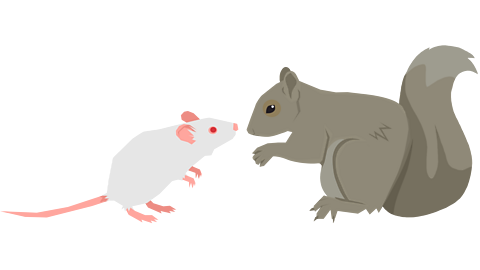
Did you know?
More than half of all mammal species are rodents, a group that includes squirrels, hamsters, mice and guinea pigs.
Rodents have long, sharp front teeth that they use for biting and gnawing.
The teeth of rodents never stop growing.

Watch – How to identify mammals
Explore the marvellous world of mammals.
There are lots of mammals in the world and to help you identify them, there are two important things to know.
The first thing is that all mammals have hair like sloths who love hanging upside down in trees.
Their hair grows up towards their head, so the rain runs off.
This beaver has thick fur to keep it warm as it pops in and out of the river.
Elephants don’t need fur, because it’s warm where they live. They do have a few wiry hairs though. And they are the biggest m mammals on land.
They’re not the tallest though, that’s the giraffe. These amazing mammals have long necks to help them eat the leaves at the top of the trees. They have fine hair on their bodies and short tufty hair along their necks.
There are also mammals in the ocean. Yes, whales are mammals, not fish and like all mammals, they have hair. Not much hair, just a few bristles, but it’s still there.
Some mammals are small and live near you. Like dogs and cats who have soft hair or fur. And hamsters, hedgehogs and rats and even bats.
The second thing you need to know about mammals is that all mammal mothers proceed milk for their young. This cow has lots of milk for her calf.
These piglets are hungry for milk too. Young gorillas, chimpanzees and orangutang also grow up strong and healthy, thanks to their mothers milk. And so do marsupials like kangaroos, wombats and koalas.
So now we know that all mammals have hair and as babies, they drink milk from their mother. Just like humans.
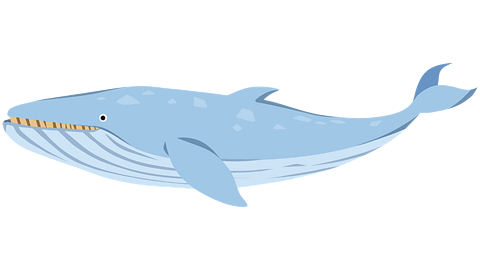
Did you know?
Blue whales are mammals that live in the sea.
They are the largest animal that has ever existed, including the dinosaurs.
Blue whales weigh about the same as 33 elephants!

Different types of mammal
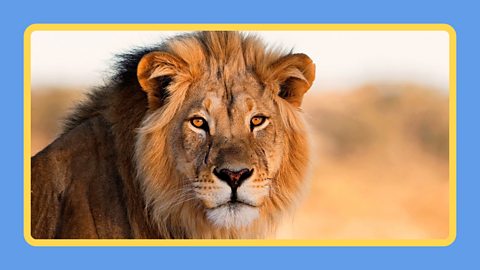
Image caption, Lion
The lion is a large cat that lives in Africa and India. It is a carnivore and eats other animals.
1 of 5
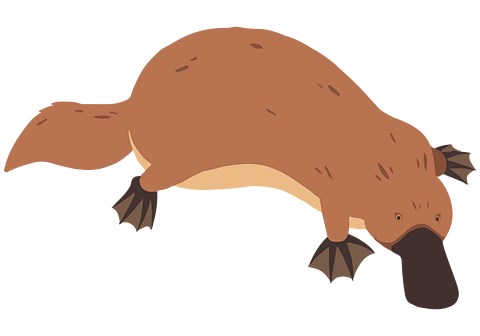
Marvellous mammal facts
- All mammals have hair. Including humans!
- All mammals have lungs and breathe air, but not all of them live on land.
- Mammals have four limbs.
- Mammals are all warm-blooded, which means that whatever the temperature is outside, they keep the same body temperature inside.
- Mammals produce milk which they feed to their babies,
- Nearly all mammals give birth to live babies. The only mammals that don't are the platypus and the echidna as they lay eggs.

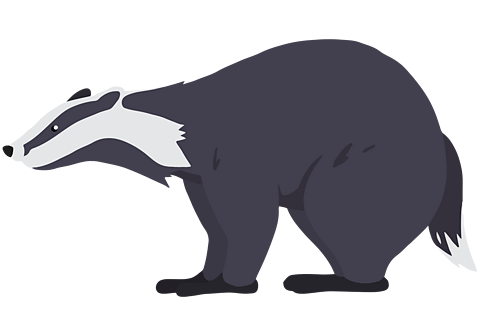
Important words
Aquatic – Any animal that lives or feeds in water. Seals, dolphins and beavers are all types of aquatic mammal.
Carnivores – Animals which eat meat. Dogs, cats, badgers and seals are all types of carnivorous mammals.
Freshwater – Water which is found in lakes, ponds, rivers and streams. Mammals like water voles and beavers spend much of their time in freshwater.
Herbivores – Animals which eat plants. Rabbits and cows are examples of herbivorous mammals.
Mammal – A mammal is a warm-blooded vertebrate with fur or hair on its skin.
Omnivores – Animals which eat both plants and meat. Foxes are an example of an omnivorous mammal.
Rodent – A small mammal with a pair of long front teeth used for gnawing. Rats, mice, hamsters, guinea pigs, and squirrels are all types of rodent.
Vertebrates – Animals which have a backbone. All mammals are vertebrates.
Warm-blooded – Animals which have a steady and warm body temperature, no matter what the outside temperature is.

Activities
Activity 1 – Identifying mammals
Activity 2 – Quiz
Activity 3 – Sort the mammals
Easter Holidays Activity Pack activity
Check out some Easter inspired activities to complete in the Easter Holidays, for KS1.

More on Animals including humans
Find out more by working through a topic
- count2 of 12

- count3 of 12
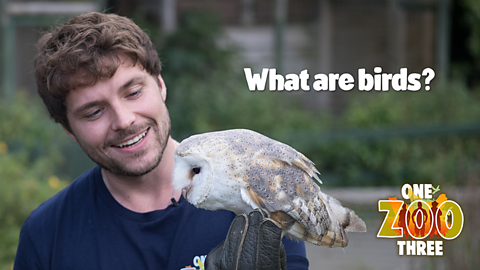
- count4 of 12
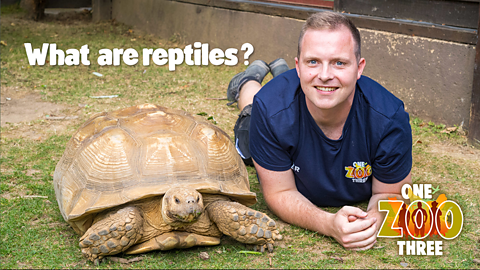
- count5 of 12
